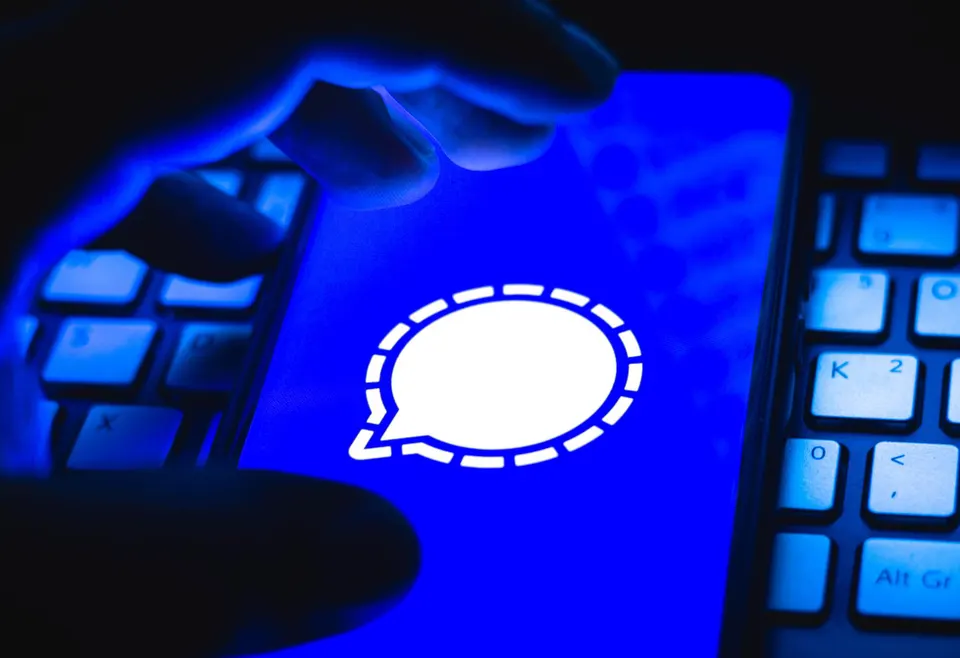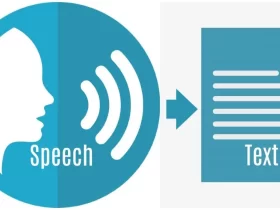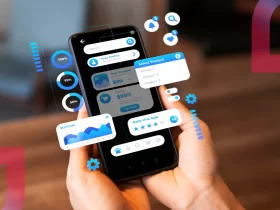Unencrypted messages refer to any digital communication that lacks encryption, a process that converts plain text into a coded format decipherable only by those with the correct decryption key. When messages are sent without encryption, they are transmitted as plain text, making their contents readable to anyone who intercepts them. Hackers often exploit unencrypted messages to access sensitive information or harm individuals and organizations.
Man-in-the-middle attacks
A man-in-the-middle (MITM) attack occurs when a hacker intercepts communication between two parties and impersonates one or both. This allows the hacker to read and even modify the contents of the messages being sent. MITM attacks are hazardous because they are challenging to detect, as the parties involved may not realize their communication has been compromised.
Wi-Fi snooping
Public Wi-Fi networks are a common target for hackers looking to intercept unencrypted messages. When you connect to a public Wi-Fi network, your device broadcasts all of its traffic to anyone within range. A hacker uses a packet sniffer to capture this traffic and read the contents of any unencrypted messages being sent.
Phishing scams
Phishing scams are another way that hackers exploit unencrypted messages. In a phishing scam, the hacker sends an email or message that appears to be from a legitimate source, such as a bank or social media platform. The message may contain a link that directs the victim to a fake website designed to steal their login credentials or other sensitive information. If the victim’s communication with the bogus website is unencrypted, the hacker quickly intercepts and reads any entered information.
Malware infections
Hackers also use unencrypted messages to spread malware infections. Malware is software designed to harm or exploit a computer system. A hacker may send an unencrypted message containing a malicious attachment or link that, when opened, installs malware on the victim’s device. Once installed, the malware can steal sensitive information, monitor the victim’s activity, or even take control of their device.
How do you protect yourself from unencrypted message exploits?
The most effective way to protect your communication is to use privatenoter that offers end-to-end encryption. End-to-end encryption ensures that only the intended recipient reads your messages, even if a third party intercepts them. When using public Wi-Fi networks, be cautious about sending sensitive information over unencrypted connections. Use a virtual private network (VPN) to encrypt your traffic and protect your communication from snooping.
To avoid falling victim to phishing scams, be cautious about clicking on links or downloading attachments from unknown sources. If you receive a suspicious message claiming to be from a legitimate organization, contact the organization directly through a trusted channel to verify its authenticity. Keeping your operating system, web browser, and other software up-to-date helps protect against known vulnerabilities that hackers may exploit. Enable automatic updates whenever possible and promptly install any available security patches or fixes.






